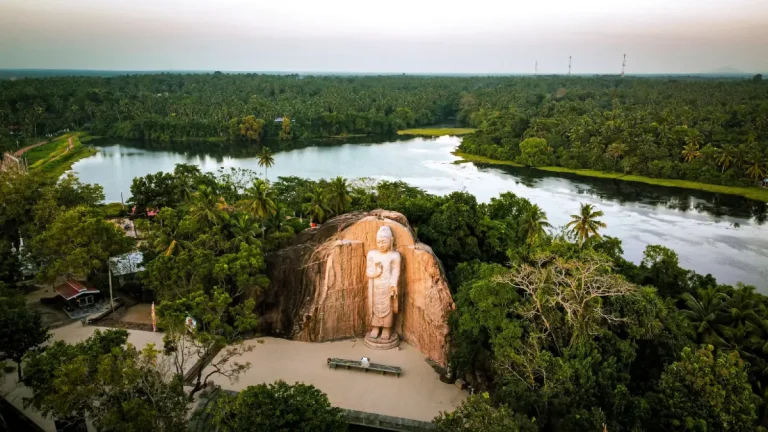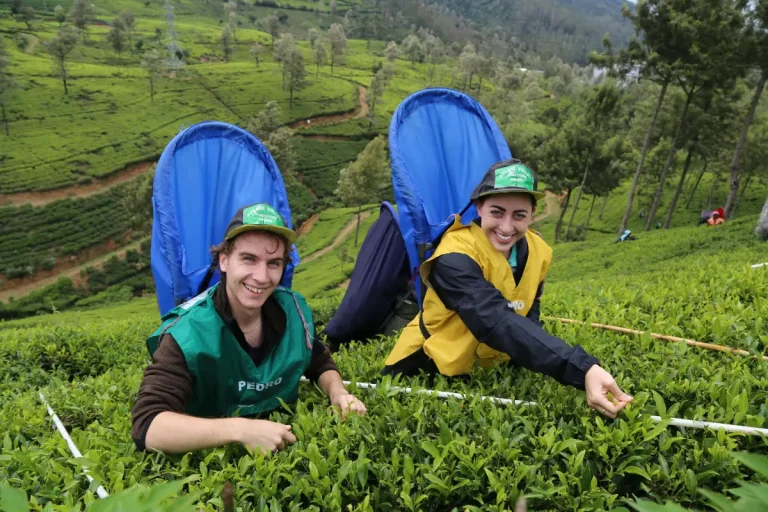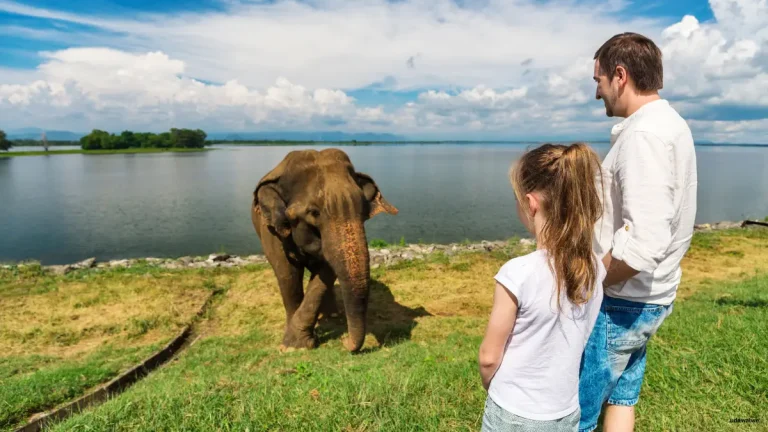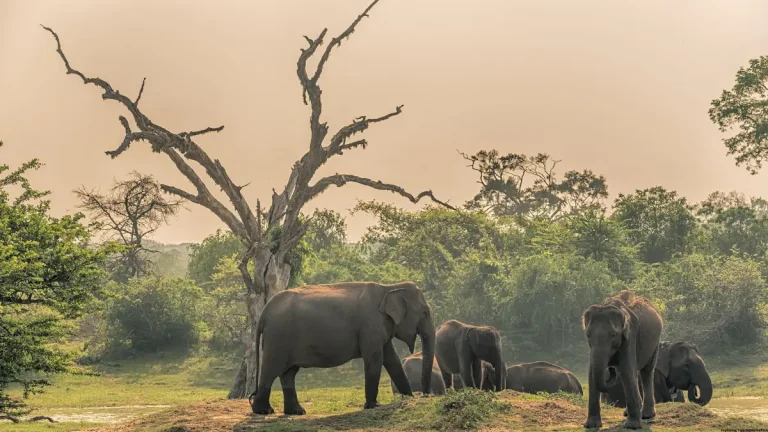Exploring the Enchanting Wilderness of Sinharaja Rainforest
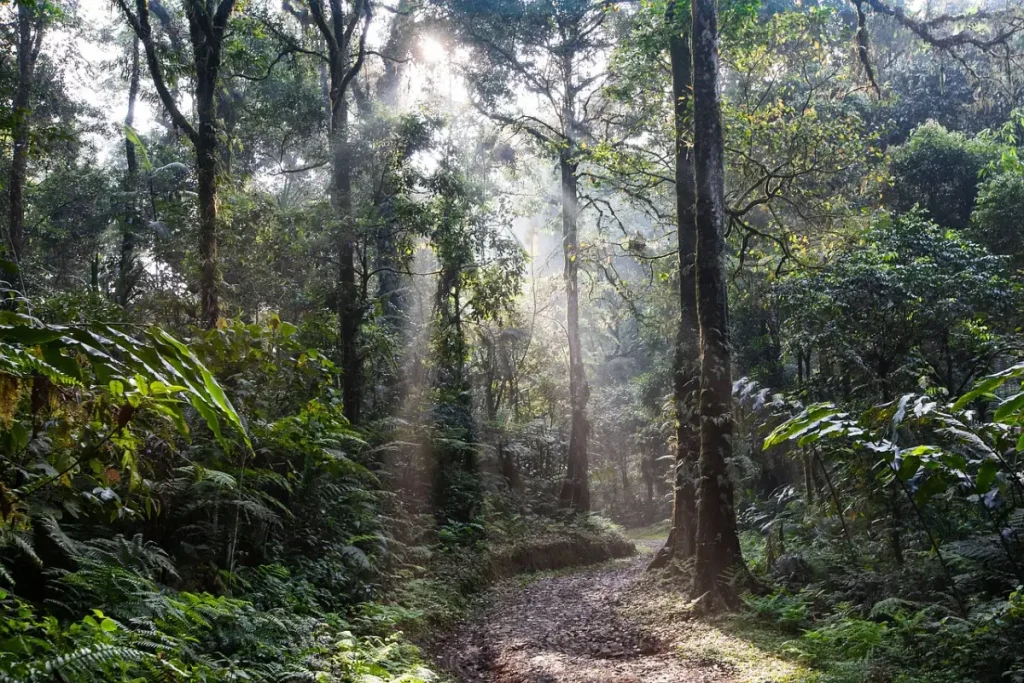
Nestled in the heart of Sri Lanka, the Sinharaja Rainforest stands as a testament to the island nation’s rich natural heritage. This UNESCO World Heritage Site, often referred to as the “Kingdom of the Lion,” is a treasure trove of biodiversity, offering a glimpse into a world where nature thrives in its purest form. Spanning approximately 11,187 hectares, Sinharaja is the last remaining viable primary tropical rainforest in Sri Lanka, making it a vital ecological sanctuary. In this article, we will delve into the wonders of Sinharaja Rainforest, exploring its unique flora and fauna, its cultural significance, and the importance of its conservation.
A Glimpse into Sinharaja's History
The name “Sinharaja” translates to “Lion King” in Sinhalese, a name steeped in legend and folklore. According to local mythology, the forest was once the domain of a mythical lion, a creature that symbolized power and majesty. Historically, Sinharaja has been a refuge for wildlife and a source of sustenance for local communities. It was declared a UNESCO World Heritage Site in 1988 and a Biosphere Reserve in 1978, recognizing its global ecological significance.
Biodiversity: A Living Laboratory
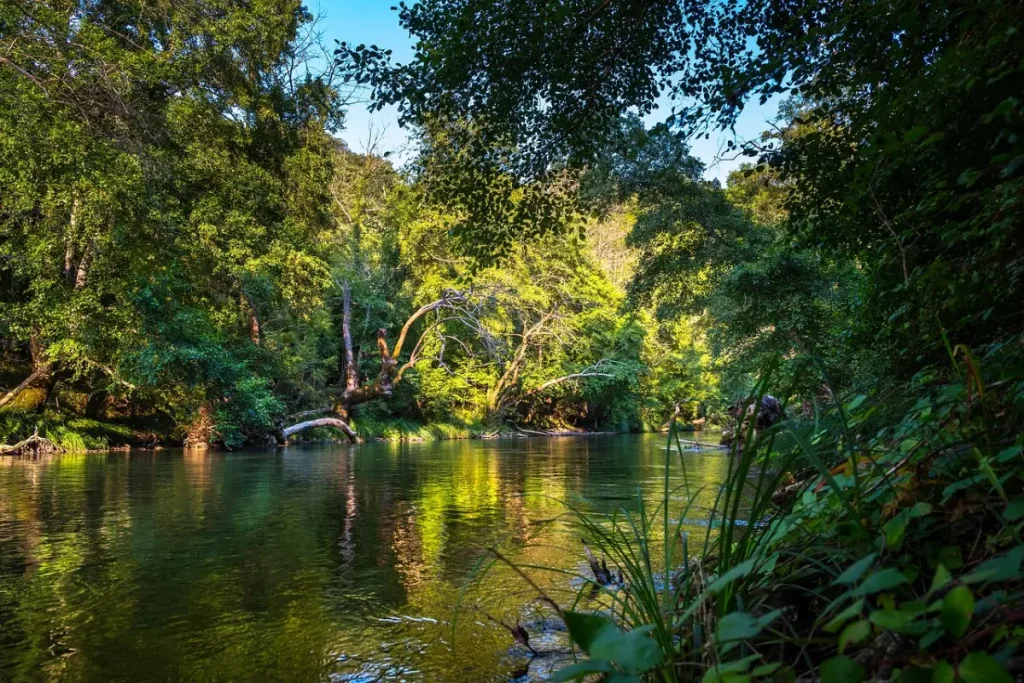
Sinharaja Rainforest is a biodiversity hotspot, home to an astonishing array of plant and animal species. The forest is a living laboratory for scientists and nature enthusiasts alike, offering a unique opportunity to study ecosystems that have remained relatively undisturbed for millions of years.
Flora: A Green Paradise
The rainforest is dominated by dense, multi-layered vegetation, with trees reaching heights of up to 45 meters. The forest canopy is a complex mosaic of evergreen trees, lianas, and epiphytes, creating a microcosm of life. Sinharaja is home to over 60% of Sri Lanka’s endemic tree species, including the iconic Dipterocarps, which are vital for maintaining the forest’s structure and function.
One of the most remarkable aspects of Sinharaja’s flora is its high level of endemism. Many plant species found here are unique to Sri Lanka, making the forest a critical area for conservation. The forest floor is carpeted with a variety of ferns, mosses, and fungi, while the understory is teeming with shrubs, herbs, and saplings. The intricate web of plant life supports a diverse range of fauna, creating a balanced and interdependent ecosystem.
Fauna: A Haven for Wildlife
Sinharaja Rainforest is a sanctuary for a wide variety of animal species, many of which are endemic to Sri Lanka. The forest is particularly renowned for its birdlife, with over 160 species recorded, including 20 endemics. Birdwatchers flock to Sinharaja to catch a glimpse of rare species such as the Sri Lanka blue magpie, red-faced malkoha, and the elusive green-billed coucal.
The rainforest is also home to a rich diversity of mammals, reptiles, amphibians, and insects. Among the mammals, the purple-faced langur, Sri Lanka leopard, and giant squirrel are some of the most iconic residents. The forest’s streams and rivers are inhabited by a variety of fish and amphibians, including several endemic species. The forest floor is alive with insects, including colorful butterflies, beetles, and ants, which play a crucial role in pollination and nutrient cycling.
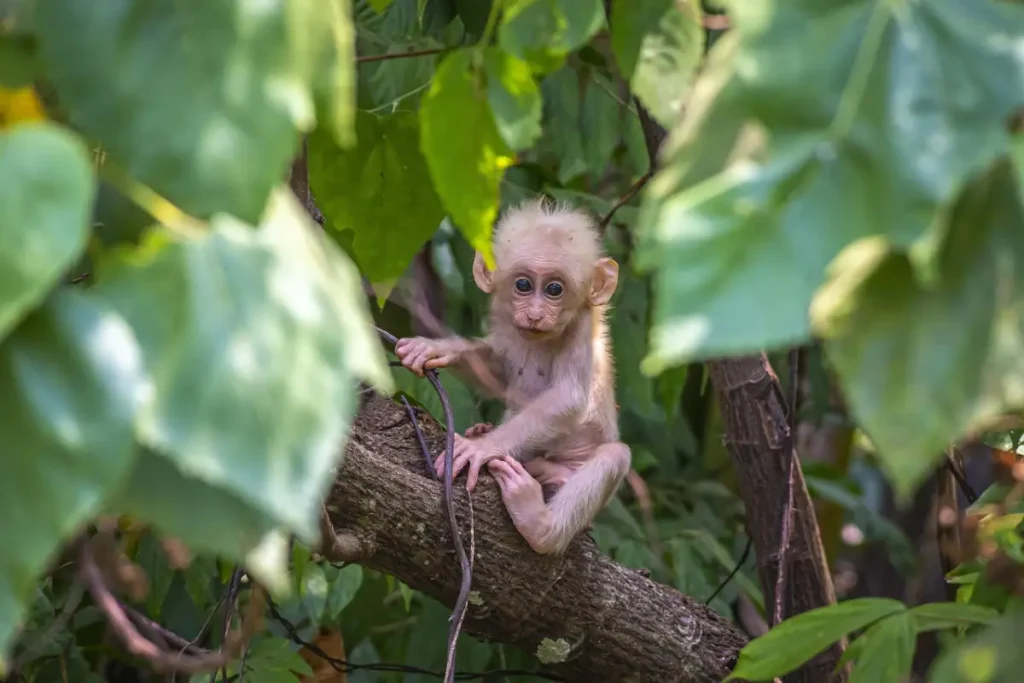
The Cultural Significance of Sinharaja
Sinharaja Rainforest is not just a natural wonder; it also holds deep cultural significance for the people of Sri Lanka. The forest has been a source of traditional medicine, food, and other resources for local communities for centuries. The indigenous Vedda people, who have lived in harmony with the forest for generations, have a profound understanding of its ecology and have developed sustainable practices for utilizing its resources.
The forest is also steeped in folklore and spiritual beliefs. Many local communities regard Sinharaja as a sacred place, home to deities and spirits. Traditional rituals and ceremonies are often conducted in the forest, reflecting the deep connection between the people and the land.
The Importance of Conservation
Despite its ecological and cultural significance, Sinharaja Rainforest faces numerous threats, including deforestation, illegal logging, and encroachment. Climate change also poses a significant risk, with rising temperatures and changing rainfall patterns potentially altering the delicate balance of the ecosystem.
Conservation efforts are crucial to preserving Sinharaja’s unique biodiversity and ensuring that future generations can continue to benefit from its ecological services. The Sri Lankan government, along with various non-governmental organizations, has implemented several initiatives to protect the forest. These include reforestation programs, community-based conservation projects, and efforts to promote sustainable tourism.
Sustainable Tourism: A Path to Preservation
Tourism can play a vital role in the conservation of Sinharaja Rainforest, provided it is managed sustainably. Eco-tourism initiatives that prioritize environmental protection and community involvement can generate income for local communities while raising awareness about the importance of conservation.
Visitors to Sinharaja can explore the forest through guided nature walks, birdwatching tours, and educational programs. These activities not only provide an opportunity to experience the forest’s beauty but also foster a deeper appreciation for its ecological value. By supporting sustainable tourism, visitors can contribute to the preservation of Sinharaja and help ensure that it remains a sanctuary for biodiversity.
Conclusion: A Call to Action
Sinharaja Rainforest is a natural wonder that embodies the beauty and complexity of tropical ecosystems. Its rich biodiversity, cultural significance, and ecological importance make it a treasure that must be protected at all costs. As we face the challenges of climate change and environmental degradation, the conservation of places like Sinharaja becomes more critical than ever.
By supporting conservation efforts, practicing sustainable tourism, and raising awareness about the importance of biodiversity, we can all play a part in preserving Sinharaja Rainforest for future generations. Let us come together to protect this enchanting wilderness, ensuring that it continues to thrive as a symbol of nature’s resilience and beauty.
In the words of renowned naturalist John Muir, “In every walk with nature, one receives far more than he seeks.” A journey through Sinharaja Rainforest is a journey into the heart of nature, a place where the wonders of the natural world unfold at every turn. Let us cherish and protect this precious gift, for it is a legacy that belongs to us all.


